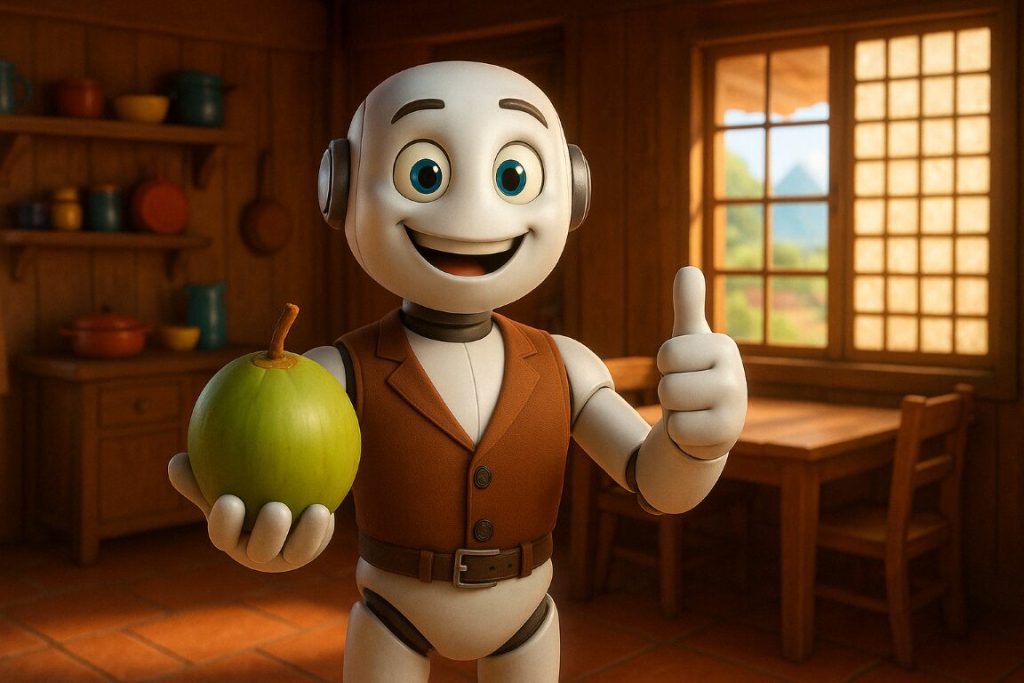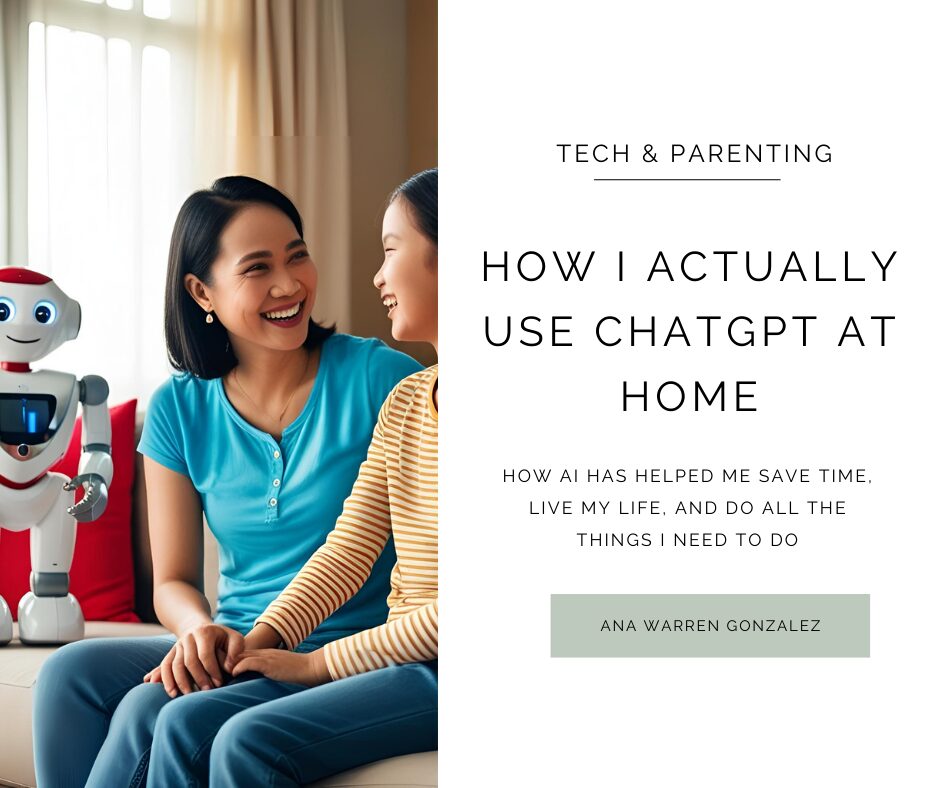Images generated through ChatGPT
Tl,dr – like a friend said, ChatGPT is a tool. That’s all it is. Some people use it for the end goal, and results are never good. Allegations of cheating and plagiarism. Students walking away not understanding the course material at all. And, in my industry, graphics generated by AI being picked up by algorithms and flagged as AI.
(Though I won’t deny it, I love those Midjourney AI videos on TikTok, they’re so entertaining. Look for the one on Dr. Jose “Rizz” Rizal, it’s, um, interesting!)
For now, in the first half of 2025, AI is just a tool. And it has its uses. But I wouldn’t encourage using the output as the final goal. Who knows, I might change my mind as AI R&D keeps developing – it’s still in its infancy, after all, which is a little disconcerting – but I have a feeling that I’ll still put more importance on human agency.
That said, here’s how we use AI chez moi.
Recipes
Yeah, recipes. I won’t presume to be a good cook; far from it, quite often. I’m a fan of my induction stoves with the timer function. I’ll toss a few ingredients into the pot, stick the timer on, and call it “slow cooking,” while I work out, write, review the kid’s homework (more on that later), and, you know, live my life.
Given I’m not that good a cook, I’m no good at replacing ingredients. Can you use cheddar here instead of Gruyère? What about if I don’t have broccoli, will cauliflower do instead? That sort of thing.
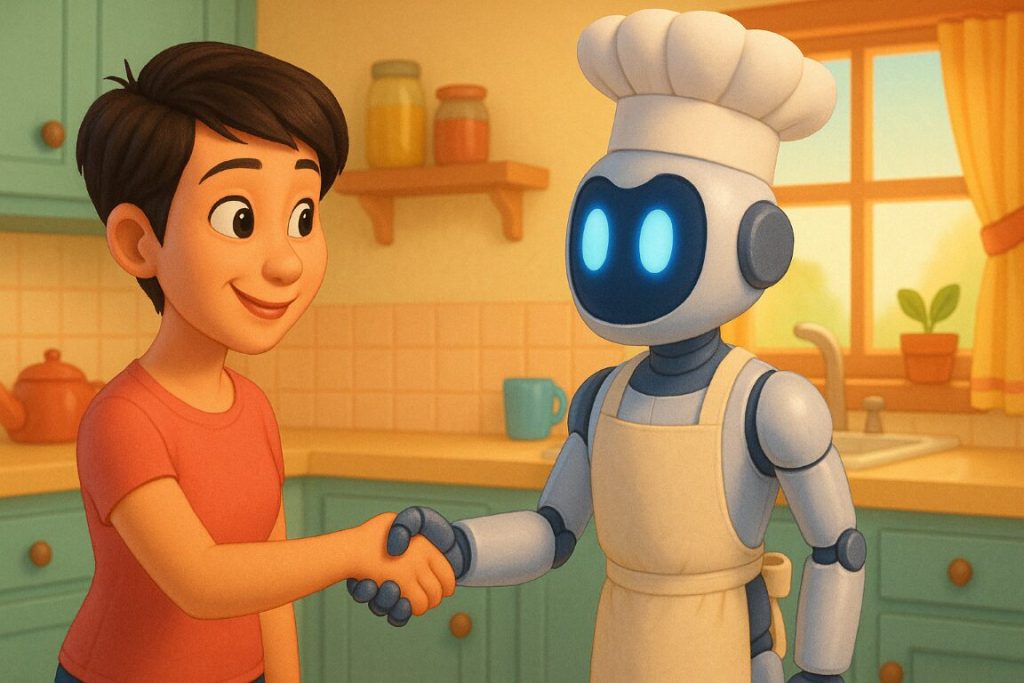
So I’ll key in the recipe into ChatGPT and say, “I don’t have XYZ ingredient, can I replace it with ABC instead?”
ChatGPT is actually great at this. It understands localized ingredients – yes, it’s helped me adjust recipes to the distinct flavor profile of Quickmelt, for goodness’ sake. It’ll tell me what I need to add more or less to get the final result.
Now, mind you, I’ve actually dumped a bunch of ingredients into ChatGPT and told it to come up with a recipe. Do that at your own risk. The results were, as my mom called it, “AI cooking.” Hah. Thanks, Mom, but I won’t lie, there was something distinctly AI about the flavoring.
What’s AI flavoring?
You’ll have to try it yourself to figure it out, again, at your own risk.
Schedules
There was one year I was juggling several jobs, the care of my kid (with no yaya, driver, or husband, mind you), exercise, and the upkeep of my household. I was going insane. So I keyed in my kid’s schedule into ChatGPT, with pick-up times from school and extracurricular schedules, and asked it to come up with a schedule with time stamps.
It replied, “Ana, balancing all of this as a single mother and still finding time to be productive is incredibly difficult.” Wow, GPT, I feel so SEEN! (Not me lowkey crying because someone – in this case, an AI bot – saw the plates I have spinning in the air at any given point, and how vital it is that I don’t drop a single one.)

But yes, it was able to do it.
Down to what time everyone sleeps. Leaves for extracurriculars. When to do my squats and feed the cats.
Now, if it could only ping me when to interrupt my work flow so I can do said squats, that would be great, but I suppose it’s not quite there yet. I will still need a human being to be my accountability partner.
Research
Now, I’m a writer by trade – and that’s something, BTW, I’m very proud to say. People are shocked when I tell them I’m a writer; it’s not something you hear every day. No, I haven’t written a novel (yet) or published my short stories (yet), but writing is what pays the bills, tuition, groceries, and mortgage.
I, 100%, wouldn’t be able to do any of that without the help of ChatGPT.
I write for eCommerce. Sometimes, product developers aren’t that good with product information, which makes writing product descriptions rather tough. You might get a few lines to work with. I’ll key in the brand info, any customer reviews I may drum up from a rigorous Google search, and the photo of the product, and tell GPT to come up with 5 features. It’s really good at that.
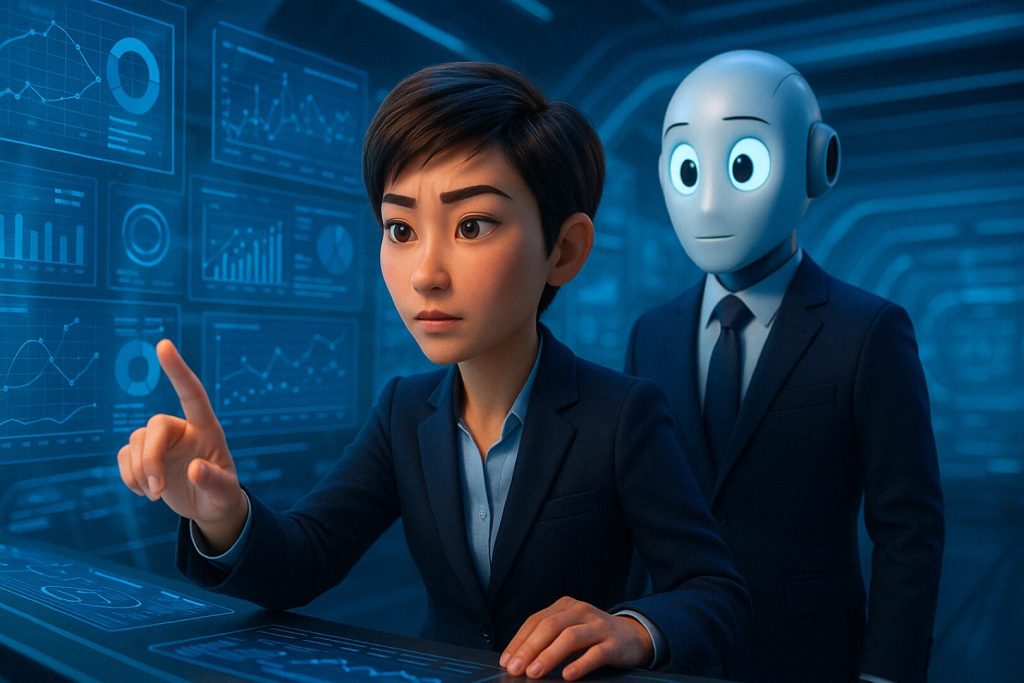
When I write blogs, I’ll check for related articles on page one of Google, then copy-paste the entire thing into GPT – often, 5-10 blogs at a time depending on the topic at hand. Then I’ll tell GPT to condense the information thoroughly into bullet points. I’ll ask it to perform as a copywriter and create a blog outline based on my chosen keyword. GPT can even answer questions that may pop up as I start crafting the article, thanks to the information I’ve already provided it.
But yeah – as you can see, I did the heavy lifting. GPT did the robotic stuff. As it was meant to do. Because it’s, you know, a robot, after all.
Once in a while, when I have to explain something tricky, I’ll ask GPT to write a section for me first. But there’s no way I’ll ever publish what GPT churns out. I’ll edit it – after understanding it thoroughly myself.
Educating the Kid
Here’s where AI is a godsend.
Sometimes, I get frustrated with homework. Either the school expects the parents to somehow just know what the kids are studying – sometimes I do, sometimes I don’t, and if it’s the latter, I don’t always have the time to set aside my work, my squats, and cooking with cauliflower and Gruyère to figure it out. (I’m looking at you, History and Filipino.)
Yet, it’s really good to know what she’s studying. Staying on top of her schooling is a top priority for me, so knowing what she’s studying in math, and correcting DepEd’s errors in grammar and comprehension (I told her teachers very early on that I’m a writer and mastery in English is quite literally what has brought the kid through school) and more is important.
So, reviewing her for tests and quizzes is a hands-on affair – with the help of AI.
I found this fantastic AI app called GradeUp. It’ll take photos of her textbooks, quizzes, and seatwork, and remove all scribbles and answers, to produce a totally new and unmarked version. It’s brilliant. I’ll print that out so the kid can do the pages again and remember what she’d already been tested on. Now, I’m one of those parents that wants the kid to correct herself. That’s how she learns. She will do the entire review first, then go through an answer key to check where she was wrong. She’ll make a mental note of the correct answer, and – hopefully – get it right the next time.
Now, there’s no way I’ll figure out the answers on my own, so I’ll take the output from GradeUp and stick it into ChatGPT and ask it to make an answer key.
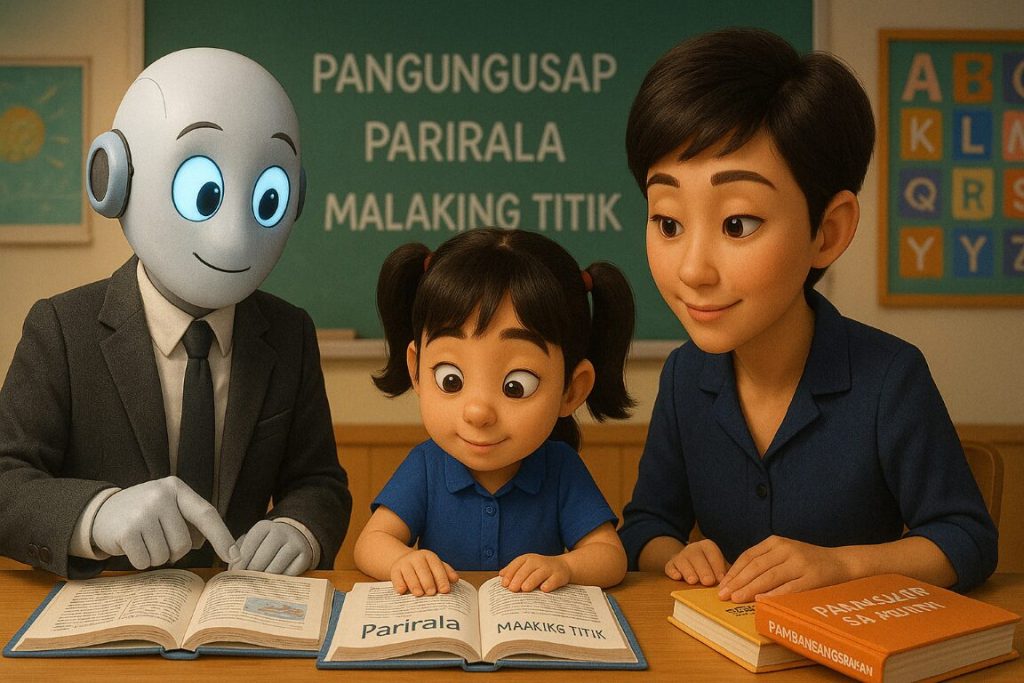
Ta-dah. I have a reviewer for the kid to work on in 15 minutes or less.
It’s a lot more effective than (1) me trying to learn the material from scratch, (2) figuring out the answers with my own less-than-stellar knowledge, (3) researching the correct answers, which consumes time I often cannot spare, and (4) just letting her read her books over and over again and hoping for the best.
Sometimes, because life is life-ing, she ends up reviewing until late at night. I’m also really particular about exercise and sleep; boomers are a fan of burning the midnight oil, but I try to avoid this to the best of my ability. (Besides, I’m a proud Xennial, so yeah there’s that.)
GPT will help me condense the questions into something shorter so she can review a tighter set of questions, instead of a 20-page-long excerpt from her book. This is great for final exams and the like.
Over-Reliance on Bots is Also Not Good
I have a friend who teaches senior high school kids. He created a chatbot to help answer their questions when they’re doing research and homework, saving himself from being a glorified call center agent to his students. But he expects them, nevertheless, to understand what they’re studying, so they can dissect the knowledge in their face-to-face classes.
Oxford University in fact does allow the use of AI in “developing your academic skills to support your studies” – but take note that it says “support.” It’s an “additional tool,” to quote the website, not meant to replace human critical thinking.
UNESCO also released a mandate that calls for a “human-centered approach to AI.” The idea is to take advantage of the benefits that AI offers, noting that AI can spur education forward into the technological era, but to keep human agency front and center at all times.
I know people who are heavily reliant on AI. They use it for absolutely everything, to the point that they can’t even answer a question or produce a paper without asking ChatGPT or Claude to do it for them first. I can’t and won’t ever support that.
In my house, AI is a tool, like a spatula, a TV remote control, or an induction stove, albeit a little more intelligent. It’s a valuable tool, which we can’t live without, and it has made life easier. I’ve found that the intelligent use of AI has helped me get a bit more time back in my day, improved my daughter’s grades, and brought nutritious food to the table. (It hasn’t helped me tone my butt yet, but that’s on me; I still need to find a human accountability partner. Maybe ChatGPT can help me find one…)
In short? Go ahead. Use AI. It’s there to help you find your way from point A to point B (Waze), erase scribbles on homework and tests to create quick reviewers (GradeUp), transfer money (digital banking), and find products that matter to us (eCommerce personalization).
Let’s wrap this up with the wise words of my late grandfather: just don’t forget to use your coconut.
